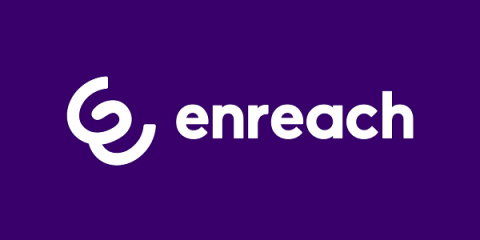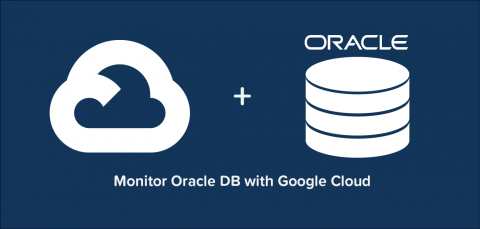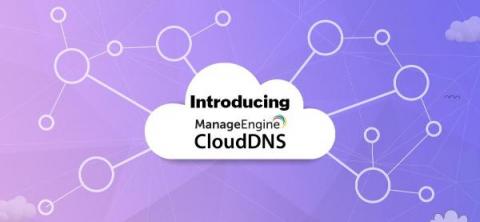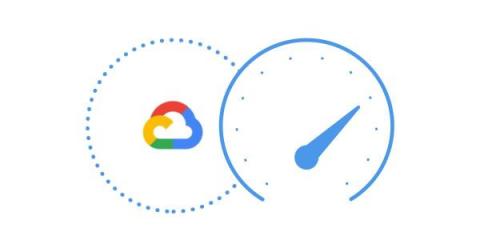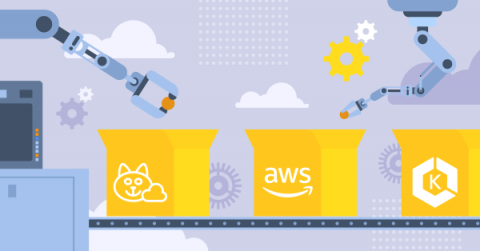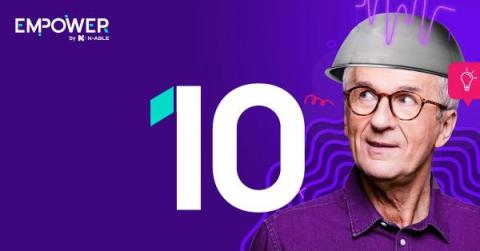Operations | Monitoring | ITSM | DevOps | Cloud
Cloud
The latest News and Information on Cloud monitoring, security and related technologies.
How to monitor Oracle DB with Google Cloud Platform
RDS Pricing Explained: A 2022 Beginner-Friendly Guide
Introducing ManageEngine CloudDNS for all your critical DNS infrastructure management needs
The DNS is the most critical part of network infrastructure and the only doorway to the internet. We at ManageEngine, a division of Zoho Corp, understand this criticality well and have carefully designed software that helps IT infrastructure management professionals securely manage their domains’ DNS records and elude modern problems in DNS management. We’re excited to introduce ManageEngine CloudDNS, the first critical infrastructure management software in our portfolio.
What's Happening To Middleware In The Cloud-Native Era?
Spending two decades in the middleware field has given me deep insight into the evolution of this technology domain. I began my career as a software engineer in a platform group, building reusable components using technologies like object linking and embedding (OLE), the distributed component object model (DCOM) and common object request broker architecture (CORBA).
How to Monitor Google Cloud Interconnect and Network Performance
Google Cloud Interconnect promises data transfers with low latency, and high availability - but how can you make sure that it’s actually performing as promised? Continuously monitoring Google Cloud Interconnect performance is the key to identifying slowdowns, high levels of packet loss, and other problems affecting Google Cloud. Keep reading to learn how to do it all in minutes using Obkio Network Monitoring!
Automate Calico Cloud and EKS cluster integration using AWS Control Tower
Productive, scalable, and cost-effective, cloud infrastructure empowers innovation and faster deliverables. It’s a no-brainer why organizations are migrating to the cloud and containerizing their applications. As businesses scale their cloud infrastructure, they cannot be bottlenecked by security concerns. One way to release these bottlenecks and free up resources is by using automation.
Owning the cloud is more than just a catchy headline
Since the start of the pandemic, our MSP and IT Pro partners have been the ones responsible for enabling the infrastructure to support the new hybrid workforce and transition the businesses around them to the cloud. As these new paradigms continue to embed themselves in our business realities, you, as MSPs and IT Pros, are perfectly placed to take control of the challenges of moving to the cloud and helping your customers and your organizations take advantage of the opportunities they bring.
10 steps to securing the cloud
When it comes to cloud adoption, the analogy I always use is that our networks used to be built like castles. We put all our servers and users inside, and we had big walls to protect everything. Today, we’ve shifted large parts of our businesses outside of these walls, and moved them to various cloud and SaaS providers. As a result, we no longer always have the knowledge or expertise to secure and protect them.
SLO walkthrough: measuring microservice performance
To improve reliability, we need to measure it, and to measure it we use SLOs (Service Level Objectives). Or at least, that’s what Google SRE has popularized. In practice, it can be difficult and time-consuming to identify the right things to measure, to get to the right data, and to surface the results in a way that engages the stakeholders and teams involved. And all this is especially hard as we scale our teams and applications across multiple technology stacks.


